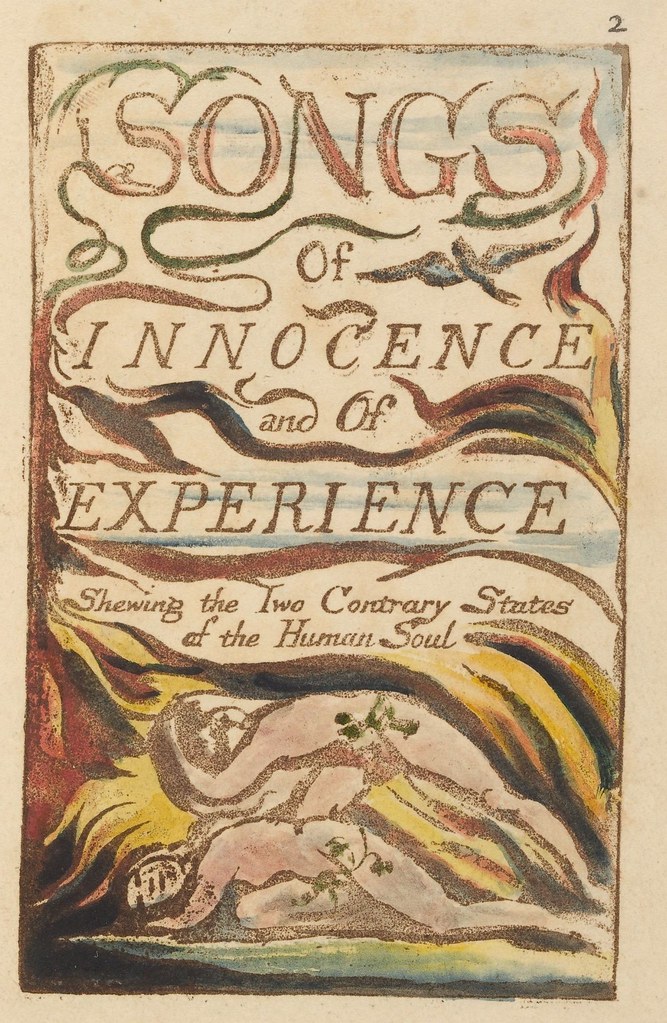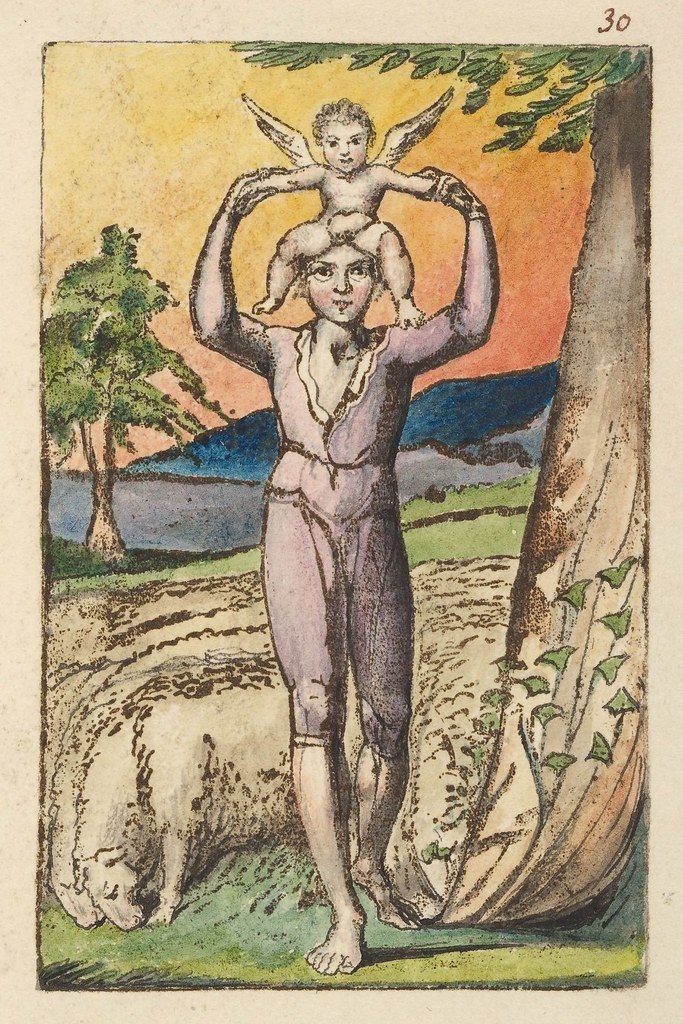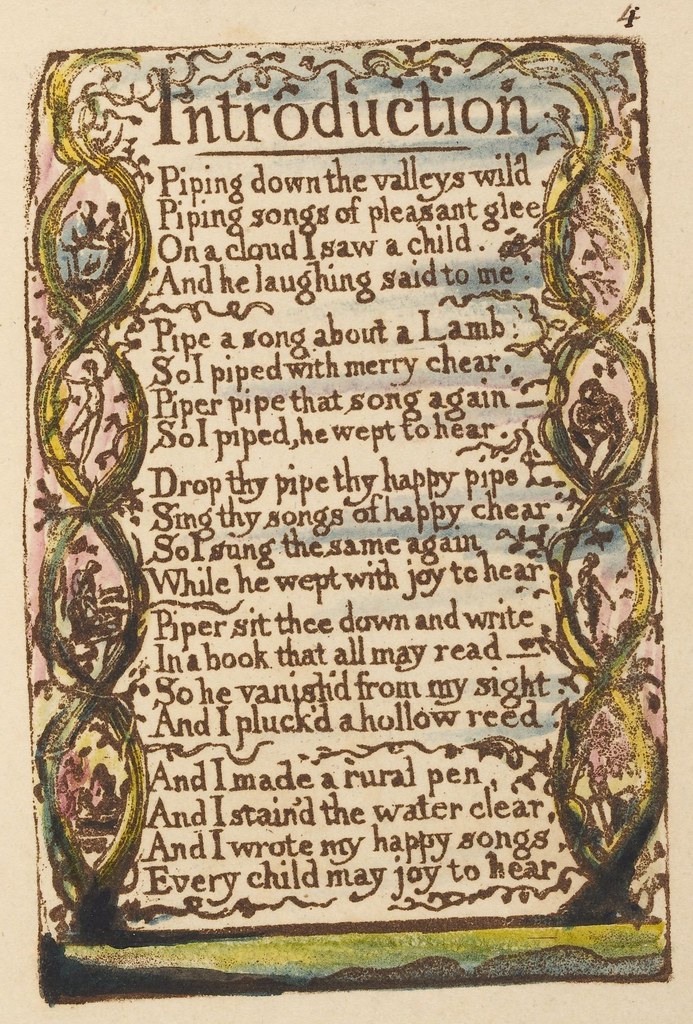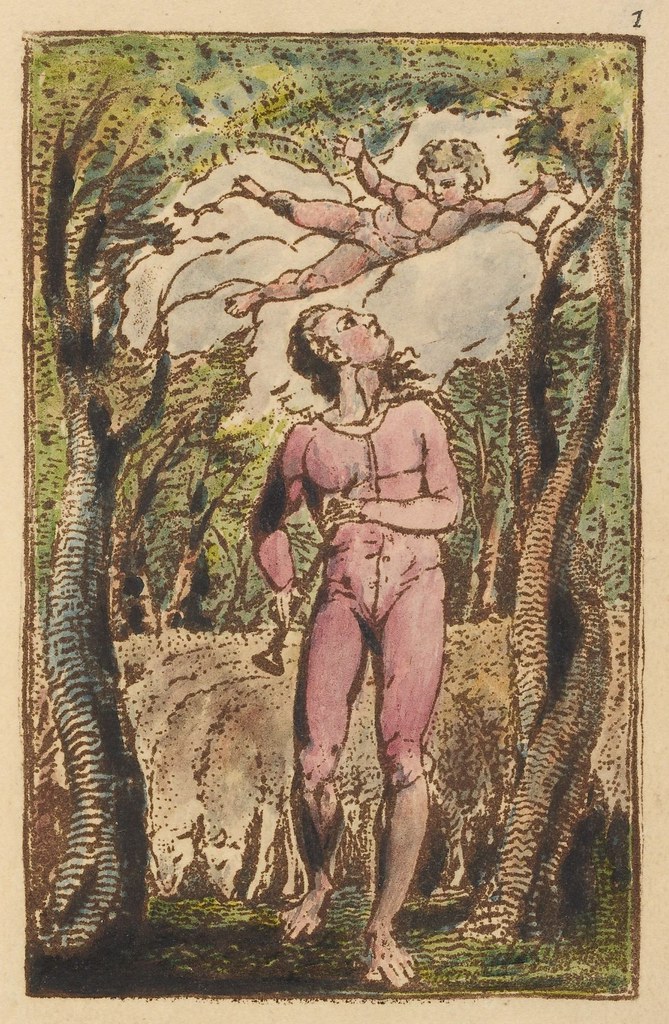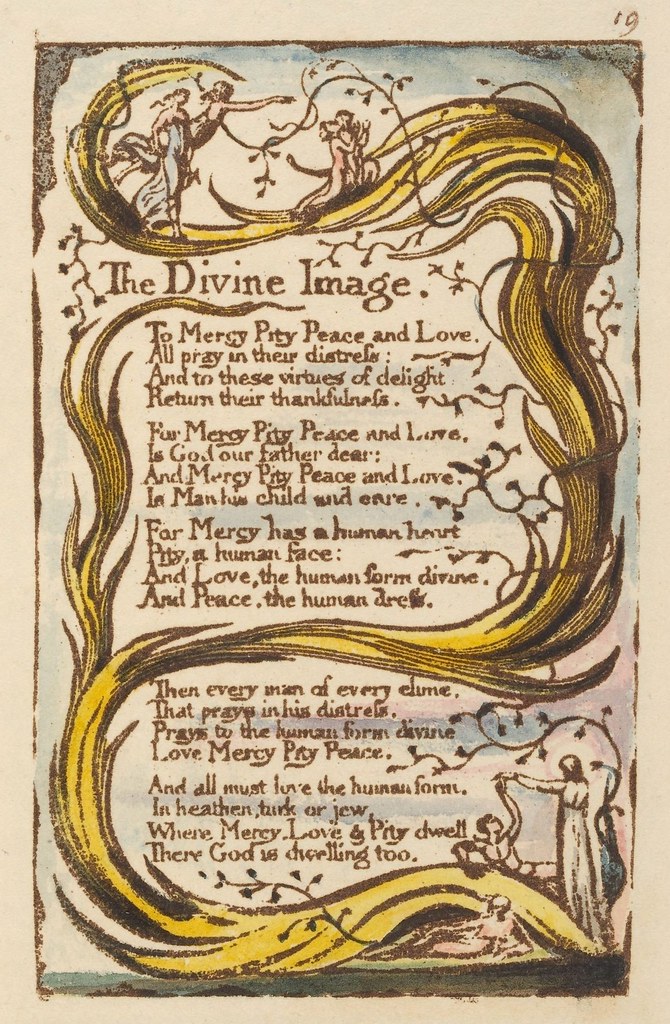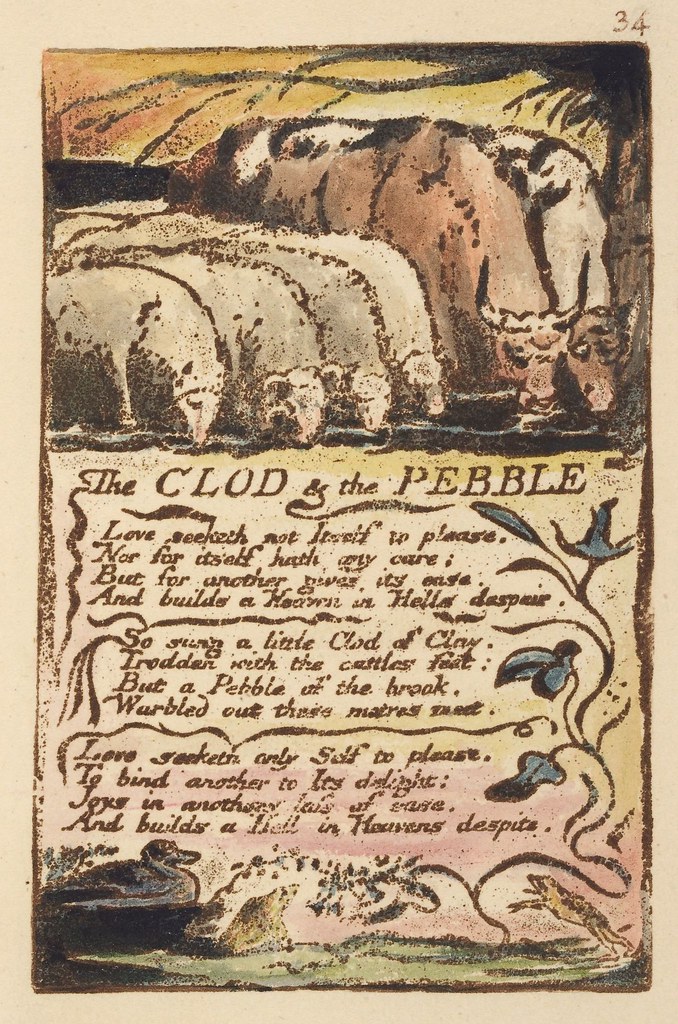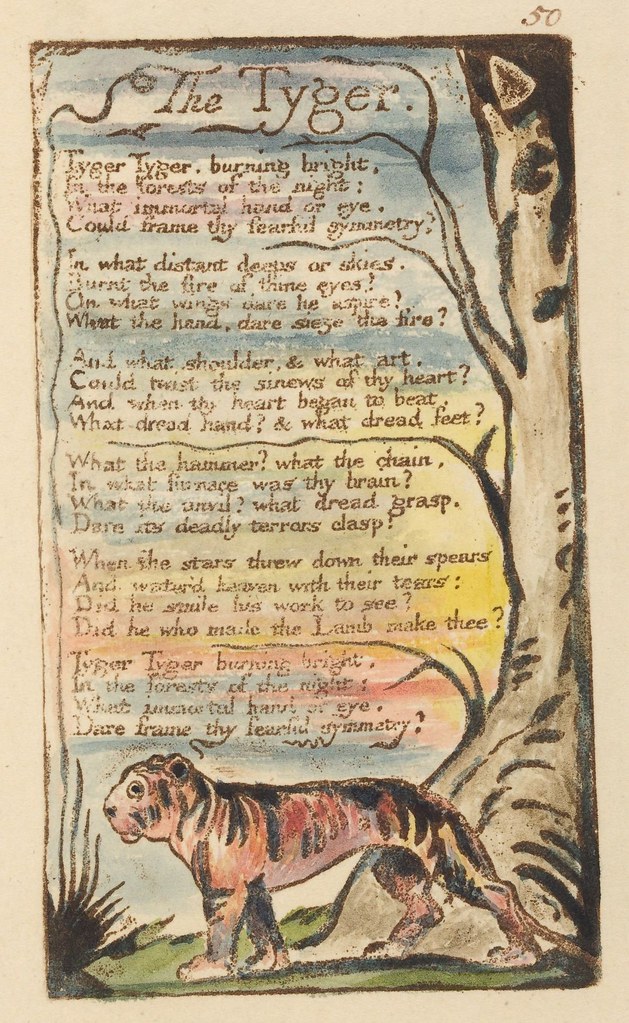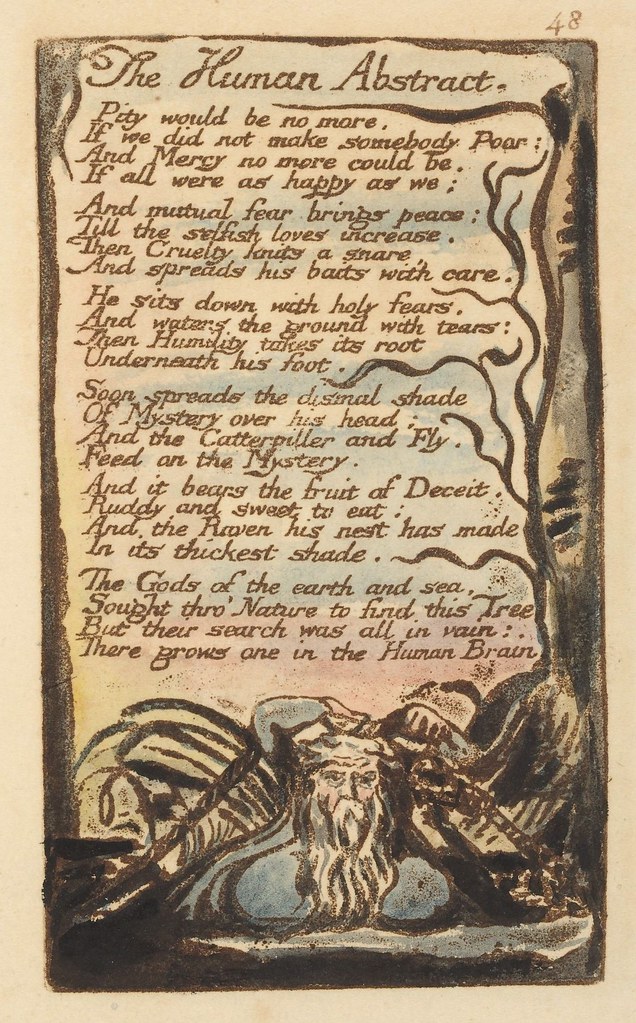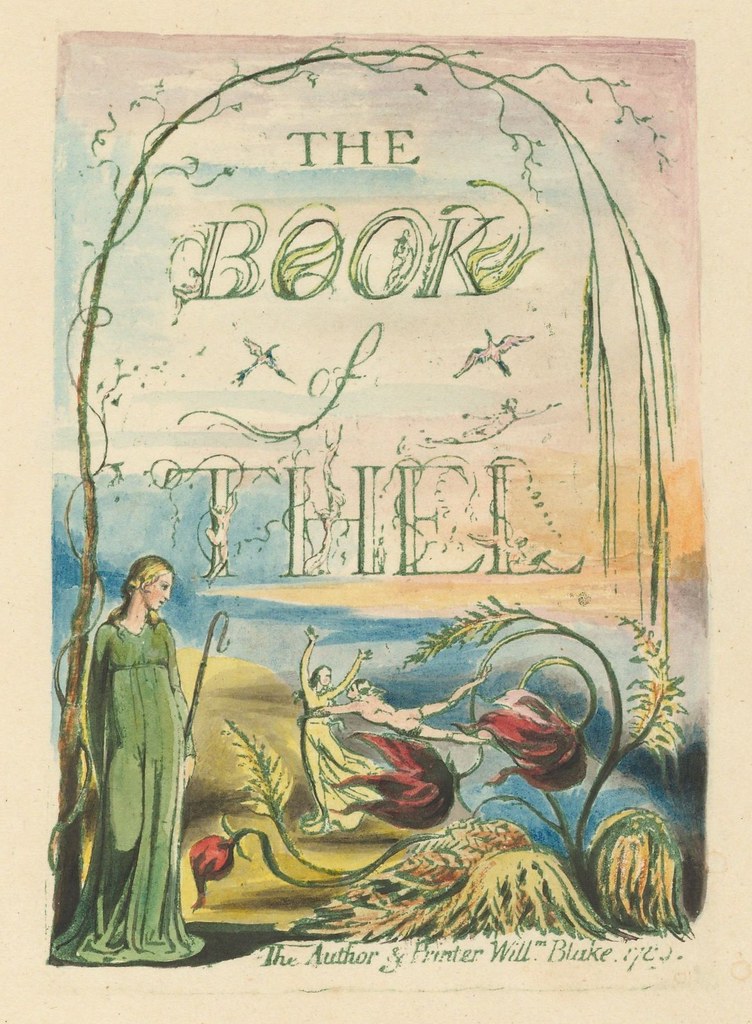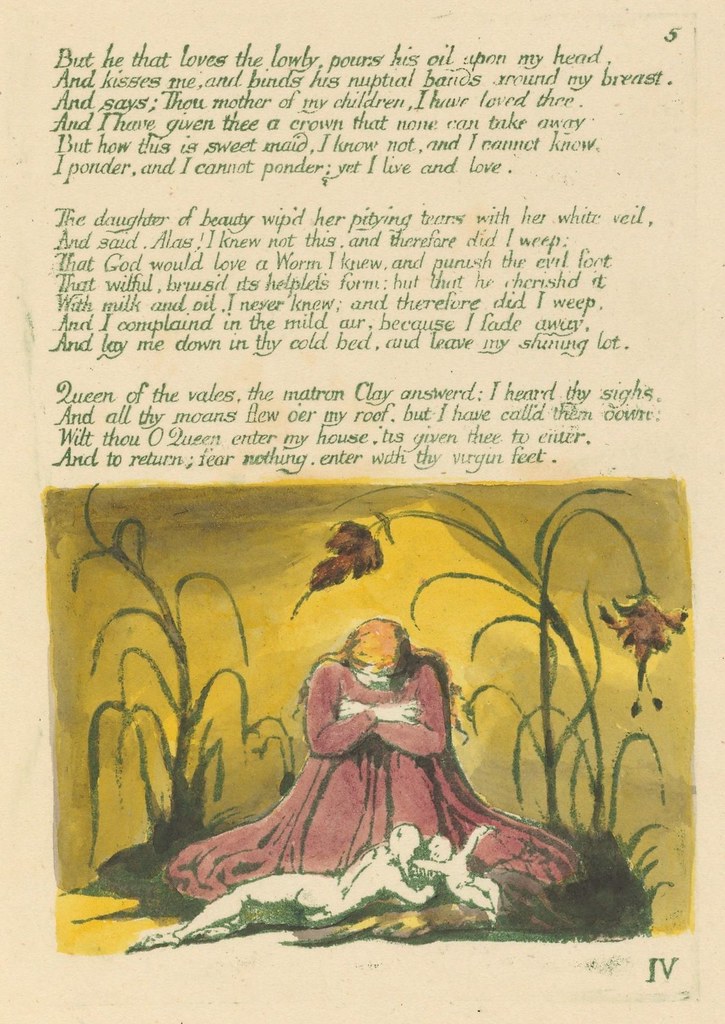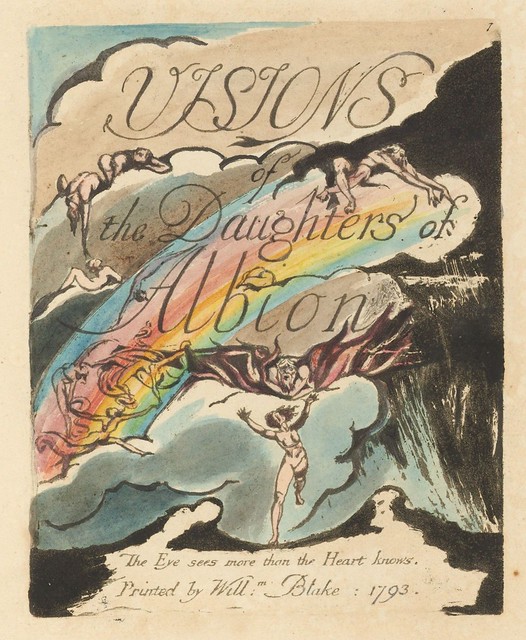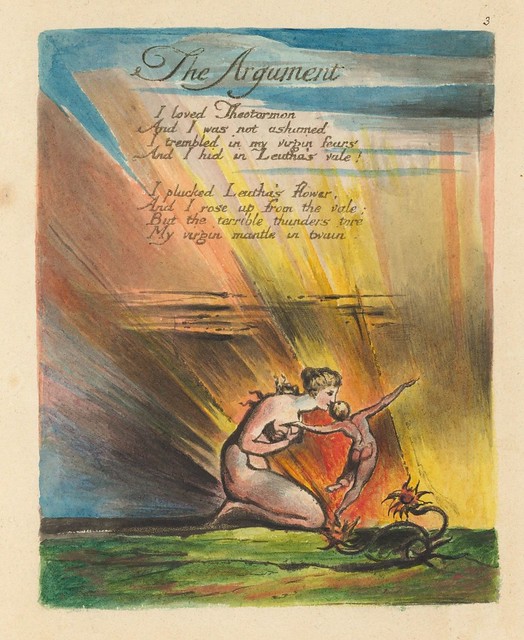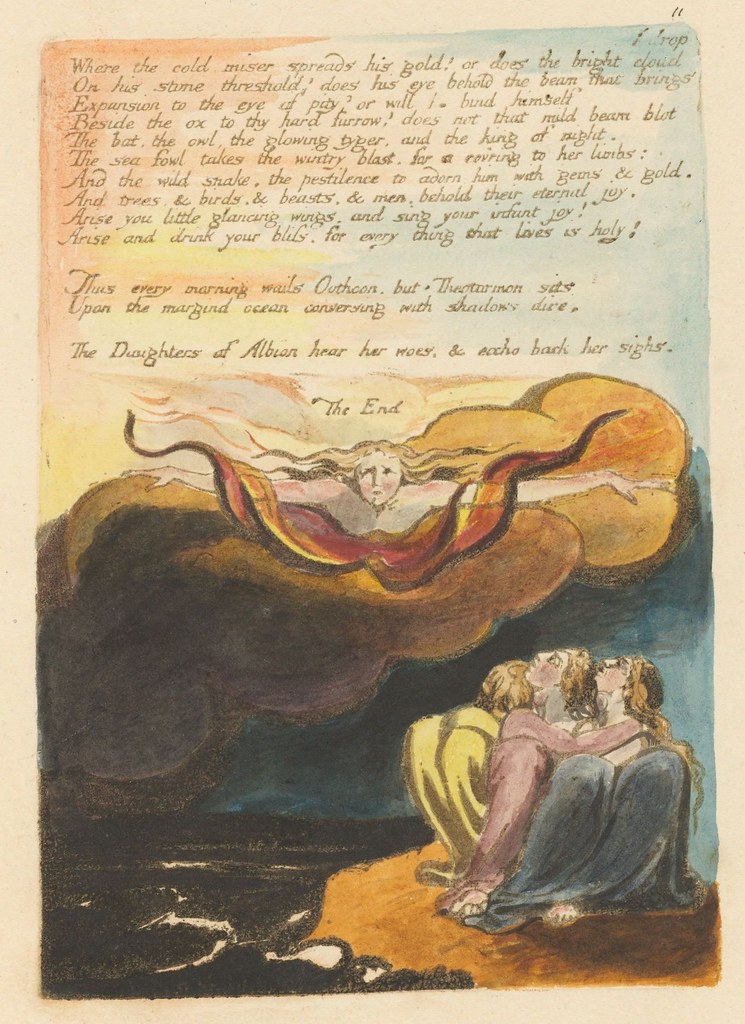[Christopher de Hamel*, Cambridge]
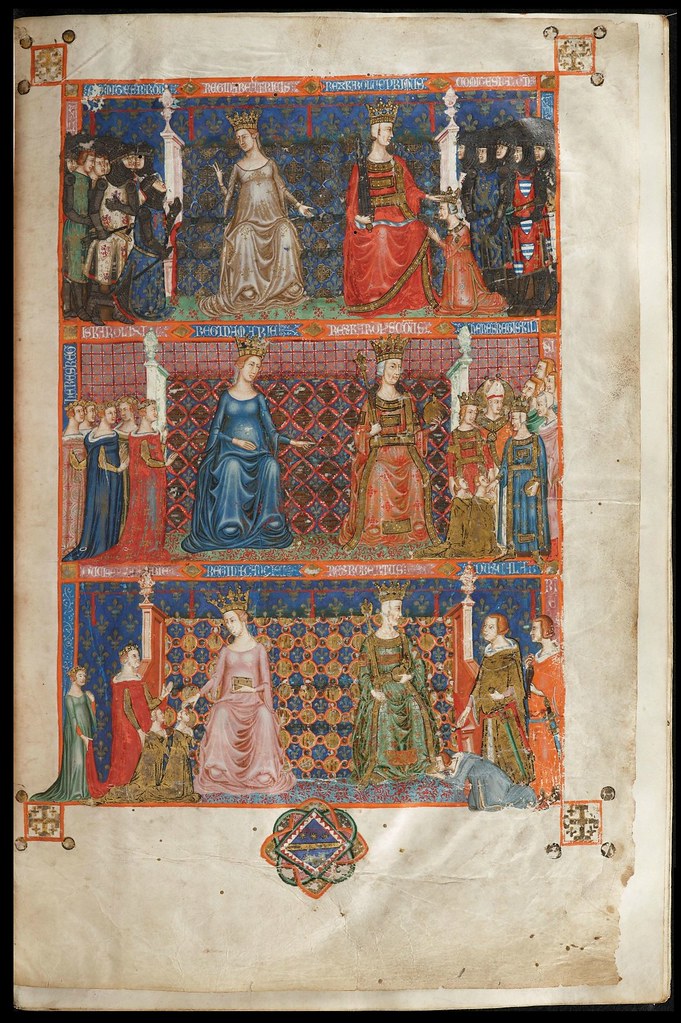
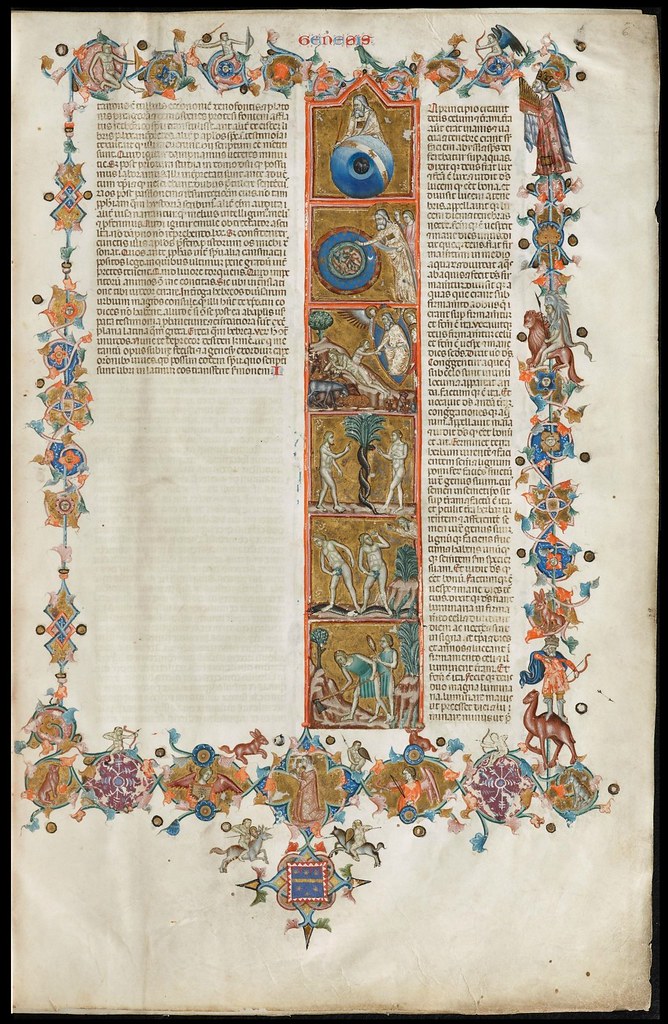
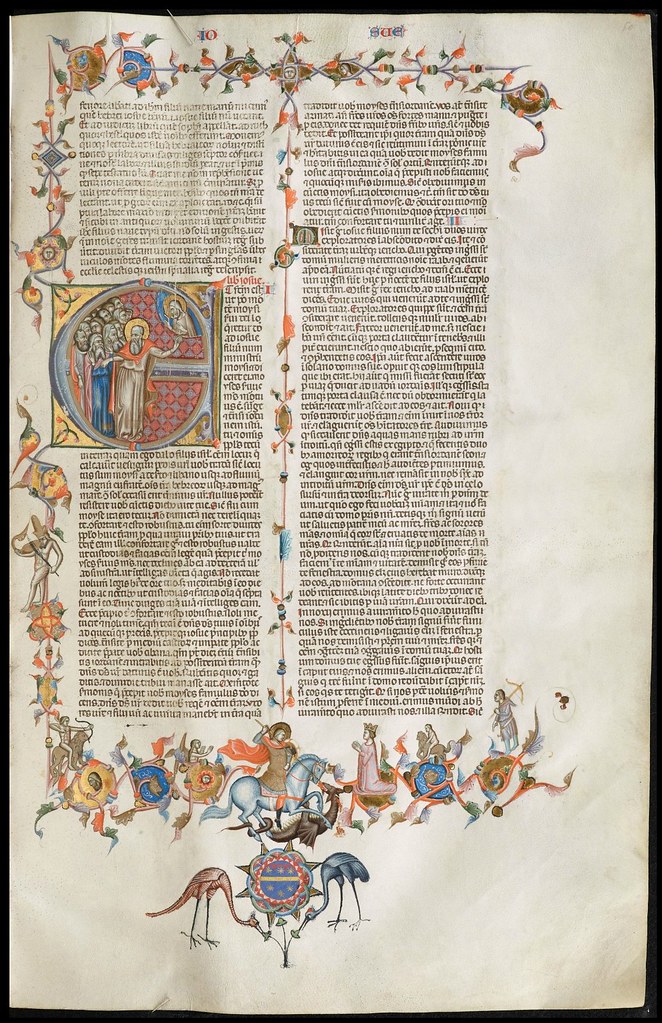
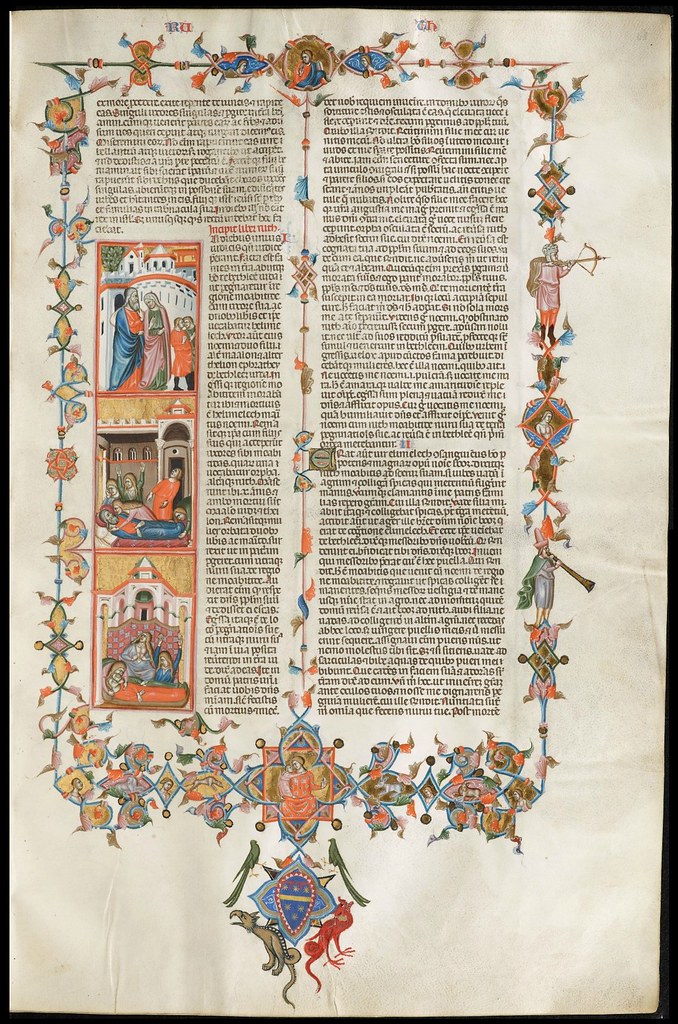
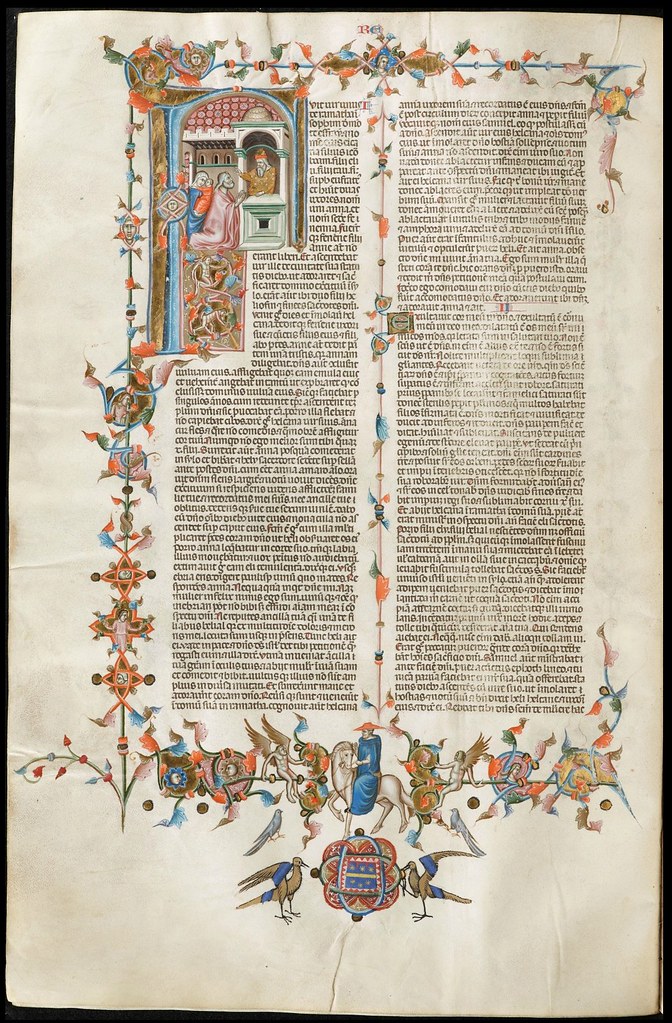

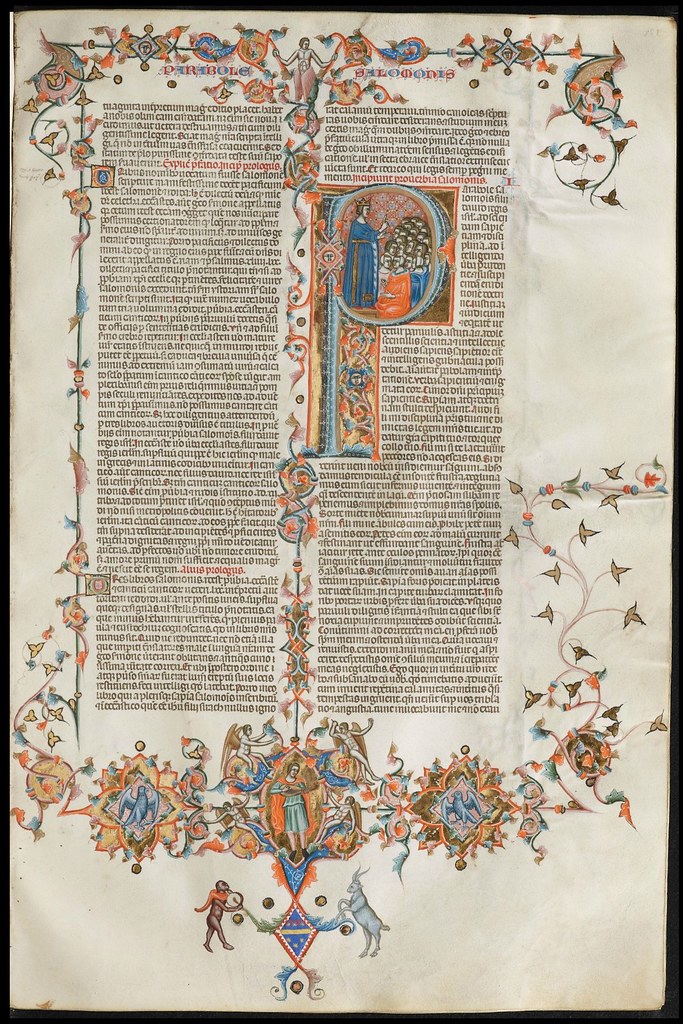

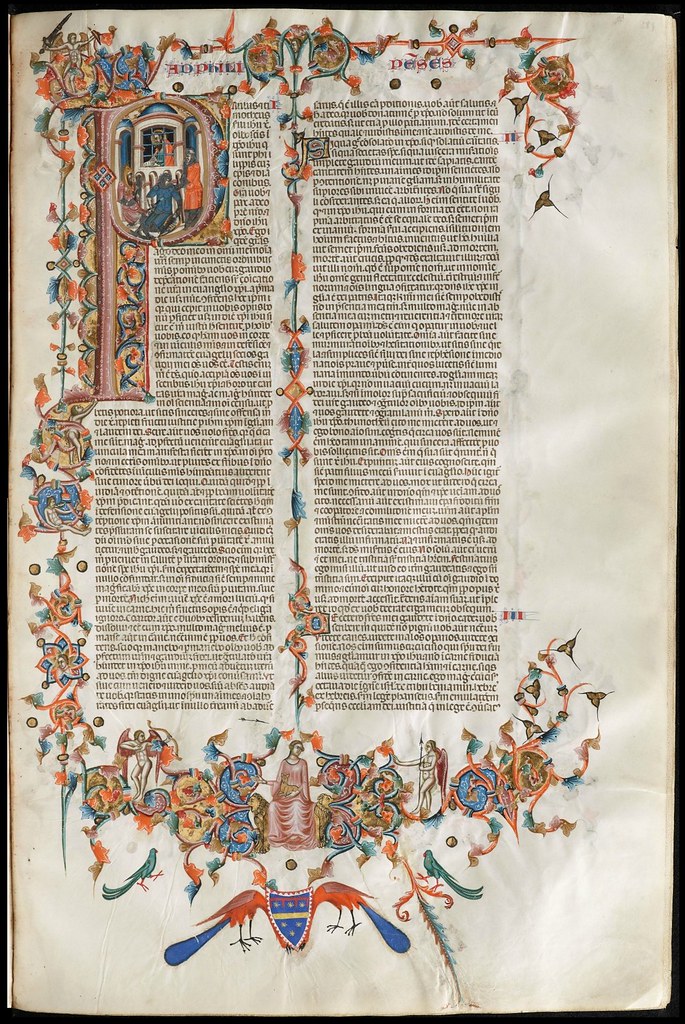
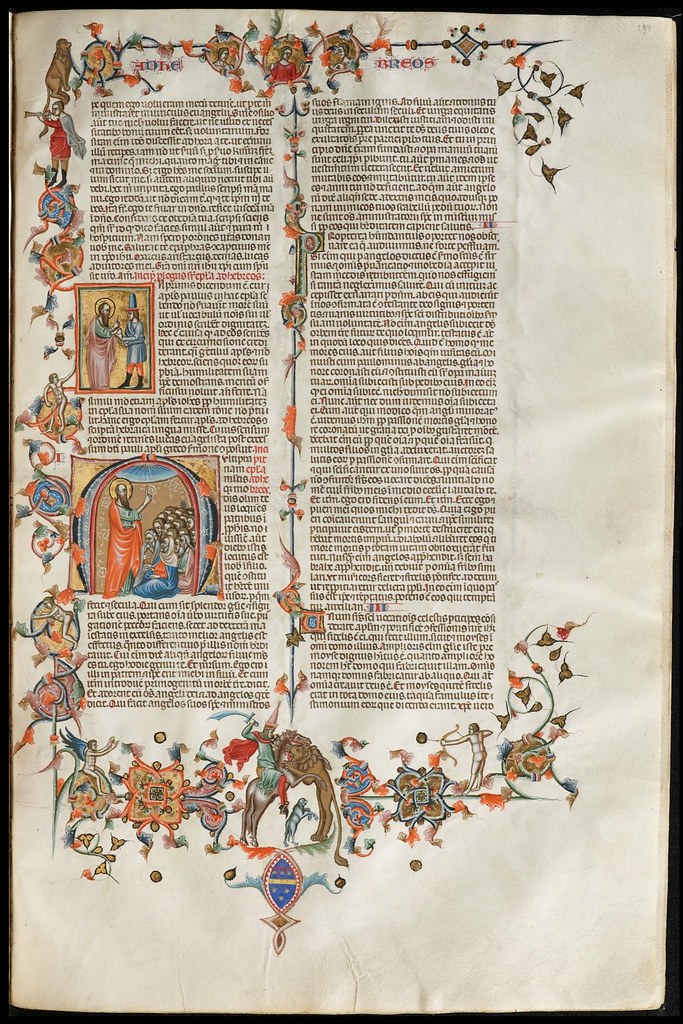
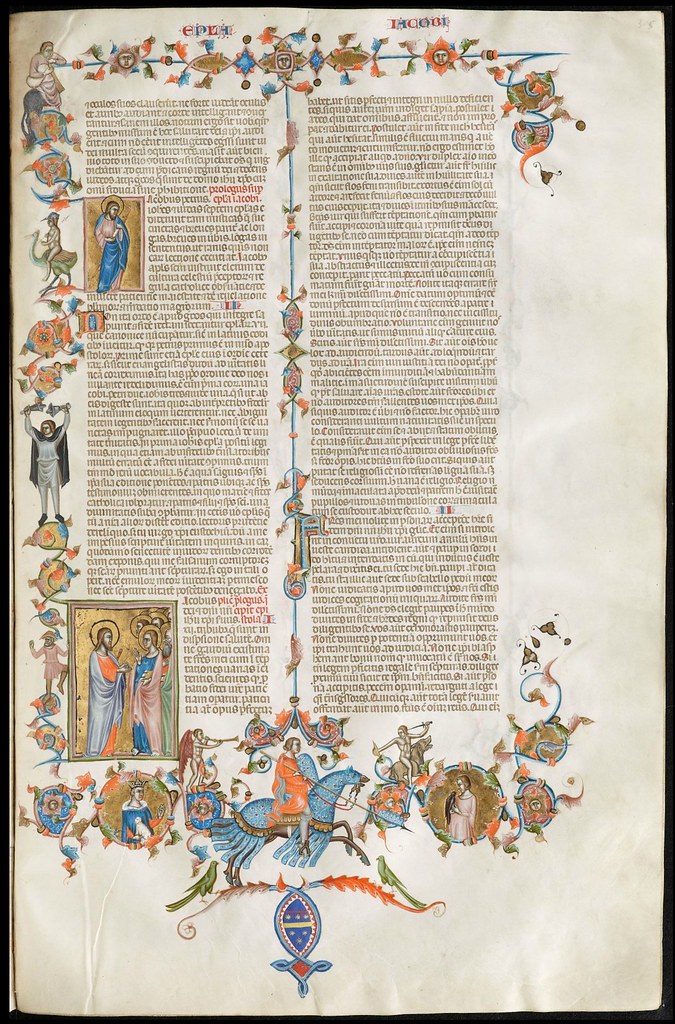

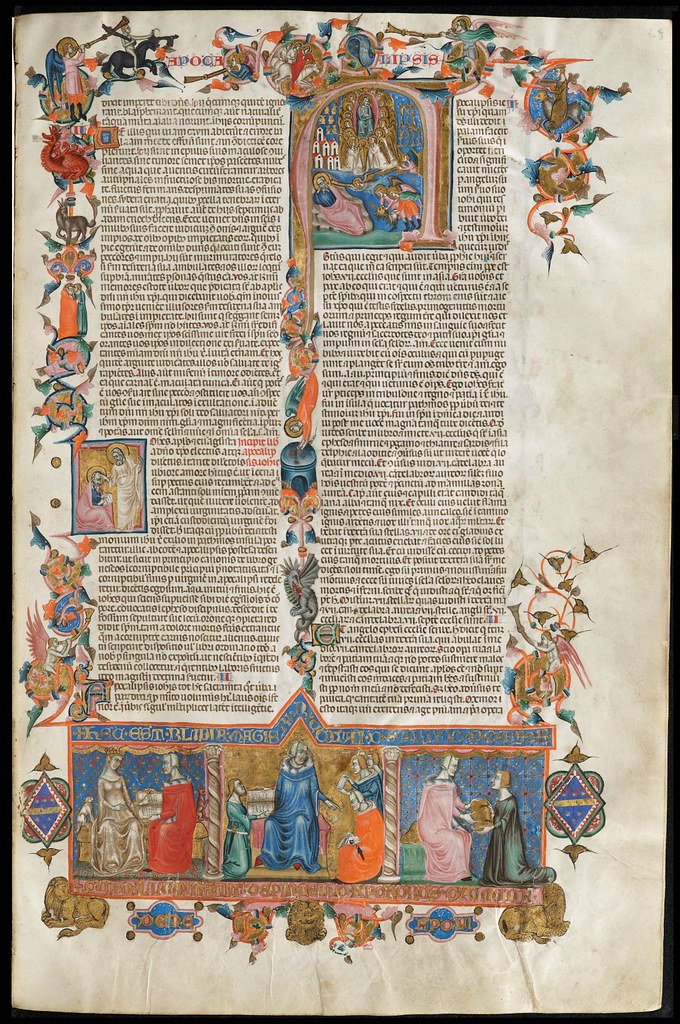
"The House of Anjou ruled over Central and Southern Europe for two centuries. The different areas gradually became close-knit states boasting efficient institutions, lucrative trade and a flourishing cultural life. It was the era of great artists and writers like Giotto, Simone Martini, Boccaccio and Petrarch. Music was also given a new lease of life at the Neapolitan court: even under Charles of Anjou (1226-1286), investments were made in more and better musicians.
This healthy artistic climate provided scope for musical experimentation. One of the most gifted musicians at Charles’ court was undoubtedly the trouvère Adam de la Halle, who wrote the celebrated musical pastoral play Le Jeu de Robin et Marion while in service in Naples.
Charles’ successor, Robert of Anjou, was a particularly well-read and sophisticated sovereign and [a] supporter of Pope Benedict XII and patron of numerous musicians from the latter’s entourage in Avignon. [..] The numerous musical instruments and musical scenes in the Anjou Bible are a unique, artistic externalization of this heyday of music." [source]
"The 14th century Anjou Bible, was created at the court of Robert I of Anjou, King of Naples. After peregrinations in royal circles, in 1509 the book ended up on Brabantine soil. During the course of the next 500 years, this unique manuscript fell into oblivion. Until 2008. On March 10th the bible was officially recognized by the Flemish Community as 'a Masterpiece' and that year a major project was launched which involved researching and conserving the book and making it accessible to the public." [source] ::
[The manuscript now resides in the strongroom at the Maurits Sabbe Library of the Theology Faculty at K.U.Leuven]
I recommend (more than usual, let's say) seeing this magnificent parchment manuscript online via the (often tri-lingual) Anjou Bible site [direct link to a flash zoom presentation of 91 illuminated folio pages that allows you to see the details at high magnification]
The manuscript decoration work is said to have been carried out (or overseen) by Cristophorus Orimina, the leading illuminator in Naples, whose signature appears in the Anjou Bible.
'The Anjou Bible: A Royal Manuscript Revealed. Naples 1340 (Corpus of Illuminated Manuscripts)' 2010, edited by J van der Stock & L Wateeuw was released at the time of the exhibition last year.




{all the images in this post were spliced together from screencaps : the full page images - after clicking through - are at 25% magnification and the details towards the end of the post were spliced from 50% zoom captures}












